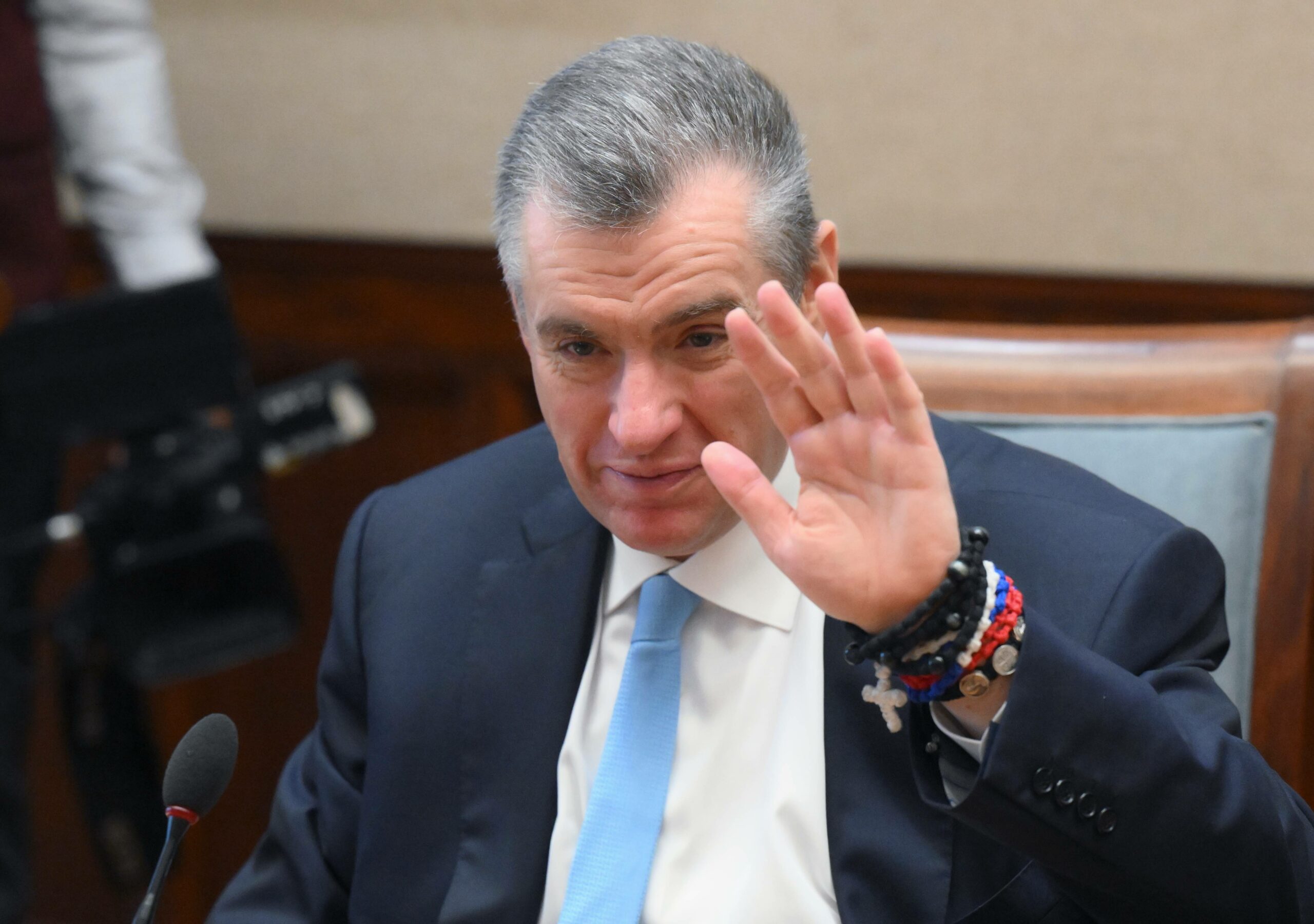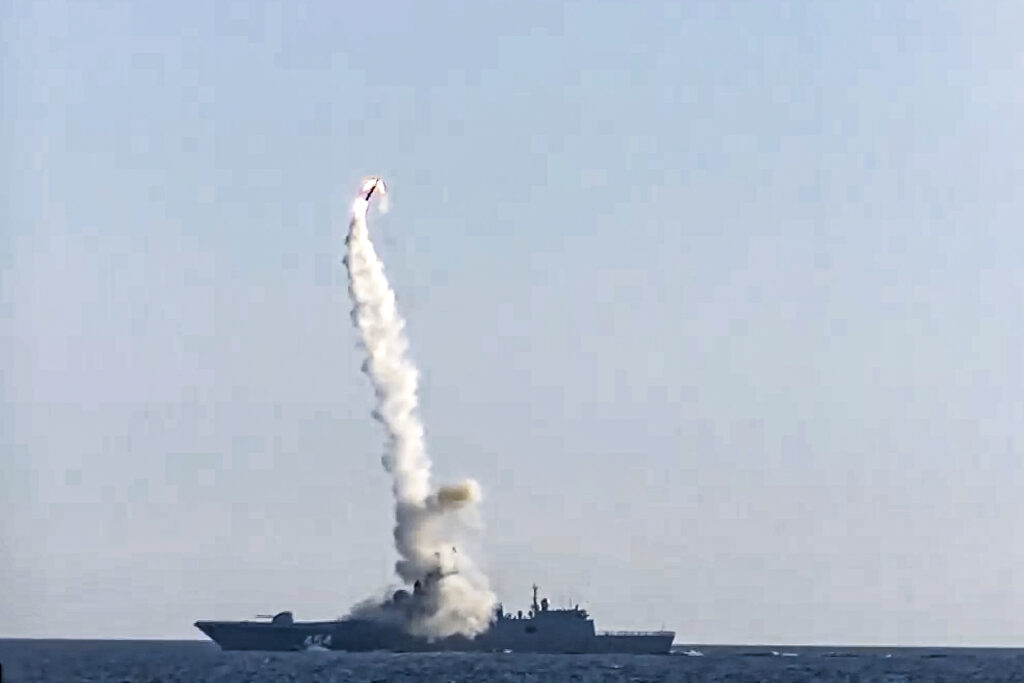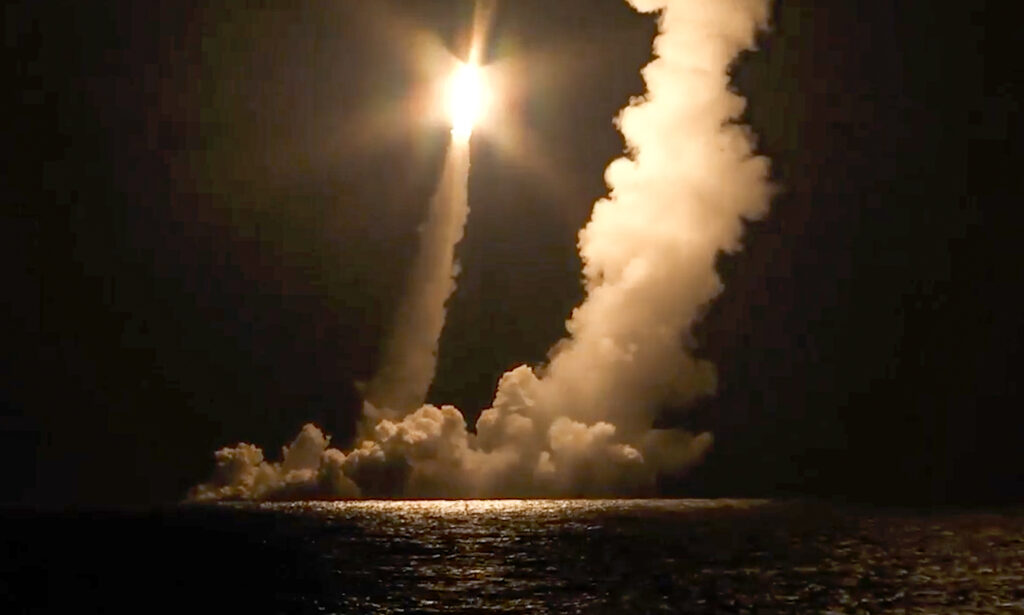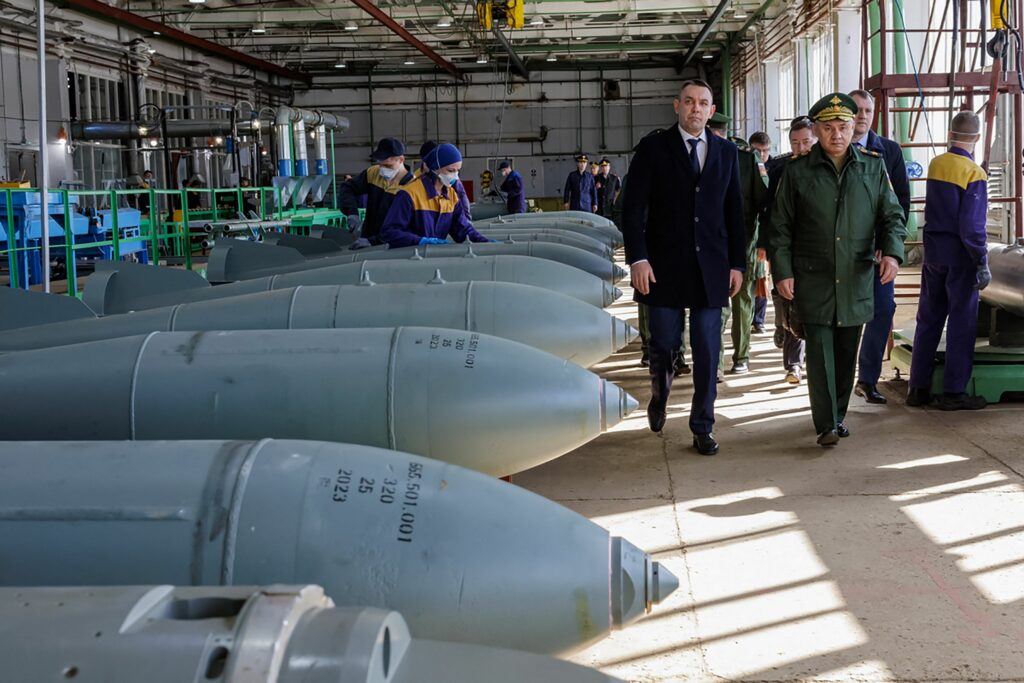Fears about the fate of the 1987 Intermediate-Range Nuclear Forces Treaty materialised in early February. The US announced it was pulling out of the treaty due to Russia’s covert deployment of cruise missiles in violation of the agreement. Following Washington’s decision, Moscow took the same step.
The Kremlin should be satisfied: the Americans are burying a treaty whose expediency has been questioned by high-ranking Russian officials since 2007. A statement by the Russian Ministry of Foreign Affairs that the treaty should be preserved despite mutual concerns is pure rhetoric. The problem is that Russia’s concerns relate to armaments that aren’t subject to the treaty: ground-based missile defence systems and UCAVs. The US faced a politically difficult choice, but sticking with a treaty that was not being observed looked like a sign of helplessness.
The personal views of US President Donald Trump and his national security advisor John Bolton also played a role. Their concern about China as a global threat to the US influenced the decision to pull out. But the main reason was Russia’s attempts to create a new cruise missile.
The backdrop for concerns
Russia’s construction of long-range cruise missiles (LRCMs) dates back to 1996, in post-Soviet Russia under Boris Yeltsin. Already by then, Moscow saw military parity with the US as a foreign policy priority. Hence, it was key to establish weapons production like that of America’s Tomahawk cruise missile. Such weapons were produced in the 1980s by the USSR: sea-launched S-10 missiles, the air-launched Kh-55 and the ground-launched KS-122, which were destroyed under the INF Treaty. The main problem is that the R95-300 engines these missiles used were made in Ukraine. It is tricky to develop and produce a compact, reliable turbofan engine capable of operating for several hours of flight that is powerful and efficient enough to fly hundreds and thousands of kilometres with limited fuel.
This mission was accomplished by Russia’s authorities and enterprises thanks to Soviet know-how. The TRDD-50 turbojet (a competitor of the R95-300), created by the Omsk engine design bureau in the late 1970s, was at the heart of the project. Although the R95-300 had ultimately been selected, the documentation and design for the TRDD-50 were stored in Russia. In the first half of the 2000s, engines for sea-launched and air-launched tactical cruise missiles with a range of up to 300 km were developed. However, production of LRCM engines could only start around 2015. The task needed more complex construction and longer service life: up to 4 hours, instead of 30-40 minutes as in the case of tactical missiles.
At the same time, work started on long-range sea-launched and air-launched cruise missiles known as the Kalibr-NK and Kh-101/102. Their electronics were upgraded to increase precision and enable the use of conventional warheads (not just nuclear). No later than in the mid-2000s, a ground-launched cruise missile with a range of 500 km, the R-500/9M728, was being developed. These missiles were for Iskander missile systems originally armed with ballistic missiles with a similar range.
A ballistic missile outperforms a cruise missile with the same range in all respects. It is many times faster. It is independent of terrain contour matching. And it is almost independent of satellite navigation. Calculating a ballistic missile’s trajectory does not require large resources. Iskander cruise missiles, though, need a separate command vehicle.
However, cruise missiles can be more effective than ballistic missiles with a range greater than 500 km: Ballistic missiles in this category are much larger and more easily detected. They have a high trajectory. This makes them more susceptible to missile defence systems, and they are much more pricy. Thus, the 9М728 cruise missile was an intermediate stage for honing technologies while Russian enterprises were refining an engine for long-range cruise missiles. Such missiles also rely on sophisticated navigation systems and accurate terrain maps, while their speed is comparable to that of a commercial airplane. But this is not essential in the case of offensive, first-strike weapons aimed at pre-defined stationary targets.
The 9М729/ SSC-8 cruise missile
In 2015, along with long-range sea-launched and air-launched cruise missiles, Russia embarked on production and deployment of the 9М729 ground-based cruise missile. It is an upgraded version of the KS-122 missiles destroyed under the INF Treaty. The 9М729 was presented to the public by the Ministry of Defence at a briefing in January 2019. Although US intelligence questions the accuracy of the presented specifics, they do allow us to draw some conclusions.
The new missile is 530 mm longer than the 9М728, and its volume is 0.1 cubic metre (100 litres) larger. Even with its dimensions, the 9М729 resembles the KS-122 and the Kalibr-NK. The Russian military explain that this is due to the reinforced warhead. Though the added 100 litres of volume are likely to be for an enlarged fuel tank. With an upgraded engine, the extra fuel makes it possible to exceed the 500-km range many times over. Besides, the new launcher carries four missiles; the Iskander launches two. This makes it an analogue of the launcher for the KS-122 missiles destroyed under the INF Treaty.
It should also be borne in mind that Russia can annually produce no more than several dozen LRCMs. Its fleet and long-range bomber aircraft are exposed as offensive arms. Against this backdrop, it is ground-launched missiles that fit the concept of asymmetrical action. A lack of capabilities is compensated for by uncertainty and unpredictability. For example, does the missile carry a nuclear or a conventional warhead?
Deployment of new missiles
The deployment of 9М729 cruise missiles was first mentioned in early 2017. That was when information about two battalions (eight mobile launchers) was reported. By the end of 2018, there was evidence that several battalions capable of reaching Europe and some parts of Asia had been deployed. According to an intelligence source cited in February 2019, the battalions are deployed in missile brigades in Shuya (Ivanovo Oblast) and Mozdok (North Ossetia). However, it is much more likely that the new Russian cruise missiles are actually deployed in Luga (Leningrad Oblast) and Ussuriysk (Primorsky Krai).
These missiles can be armed with both conventional and nuclear warheads. Their number is limited by Russia’s production capacity. They are not fit for long-distance road or rail transport, because of the liquid fuel loaded at the production site. So, they should be located close to the Russian border to cover priority areas. They should be no more than 150 km from repair and maintenance bases with a stockpile of tactical nuclear weapons. Neither Shuya nor Mozdok meets these criteria. The same is true of the missile brigades in Molkino (Krasnodar Krai), Kursk (Kursk Oblast), Totskoye (Chelyabinsk Oblast), Yelansky (Sverdlovsk Oblast), Ulan-Ude (Republic of Buryatia) and Birobidzhan (Jewish Autonomous Oblast).
Apart from Luga and Ussuriysk, long-range ground-based cruise missiles could theoretically be deployed in Chernyakhovsk (Kaliningrad Oblast) or Gorny (Zabaykalsky Krai). Yet judging by Google maps, there is not enough infrastructure for this so far. Besides, deployment of missiles in Gorny could elicit a negative reaction from China. Only Chinese and Mongolian territory is within range here.
Implications of the demise of the INF Treaty
Since 2007, the Kremlin has intended to abandon the INF Treaty, which it found pointless. It has conveyed this message many times. Moreover, Moscow is reducing the situation to absurdity in response to US claims of agreement breaches. It claims, for example, that there is a hypothetical possibility of deploying Tomahawks on the Aegis Ashore missile defence system in Romania. This cannot happen without prior tests. There are other technical and political obstacles. Russia also speaks of an INF Treaty violation by America’s UCAVs. Such confusion may be because for secrecy reasons, cruise missiles used to be designated at Russian production sites as unmanned aerial vehicles. All this suggests that Moscow has no intention of discussing this particular treaty.
Most likely, decision-makers in the Kremlin are well aware that American nuclear missiles will not return to Europe; Russia will have a monopoly on ground-launched missiles with a range of 500-5,500 km. What the Russian authorities do want to discuss is European security, and playing a special role in ensuring it. Moscow is not concerned with details such as US air-launched nuclear bombs deployed in Europe and Turkey. Even missile defence systems in Romania and the prospects of deploying one in Poland are not crucial. Of course, Russian diplomats will raise these topics. But they are not of primary importance to Moscow. On the other hand, these discussions may have their logic and inertia. More importantly, Russia is seeking to play a special role and to deprive the United States of its status as the only guarantor of security on the continent. This is what the Kremlin is interested in.
As for preparation for a response to the US withdrawal from the INF Treaty announced by Russia, there is a wide range of possibilities for bargaining between state-owned defence enterprises and the government for more allocations for R&D, revamping of enterprises etc. However, nothing will change when it comes to Russia’s limited manufacturing capabilities, which are of an objective and long-term nature. This means that in the post-INF era, the focus will not be on multiplication of deployed missiles, but on political resourcefulness and pressure.
Given all this, we should not fixate over prolonging the New START Treaty. Neither party is very interested in it. In any case, neither of the parties is capable of exceeding the thresholds established by the treaty as regards delivery systems and warheads. It is much more interesting to follow the development of asymmetrical offensive capabilities as Russia’s only leverage over the West, given the lack of a real threat from NATO (the Alliance is not going to attack Russia) and following years of Russian investment in ‘anti-access/area denial’ (A2/AD) capabilities. So far, we are talking about political pressure; the Kremlin wants to drive a wedge between the Americans and the Europeans. It will threaten Europe with new missiles and force them to discuss European and international security on Russian terms. In the event of an international crisis, the availability of offensive arms, coupled with Russia’s long-term economic instability, can create a motivation among the Russian authorities to use force to make the West negotiate.










